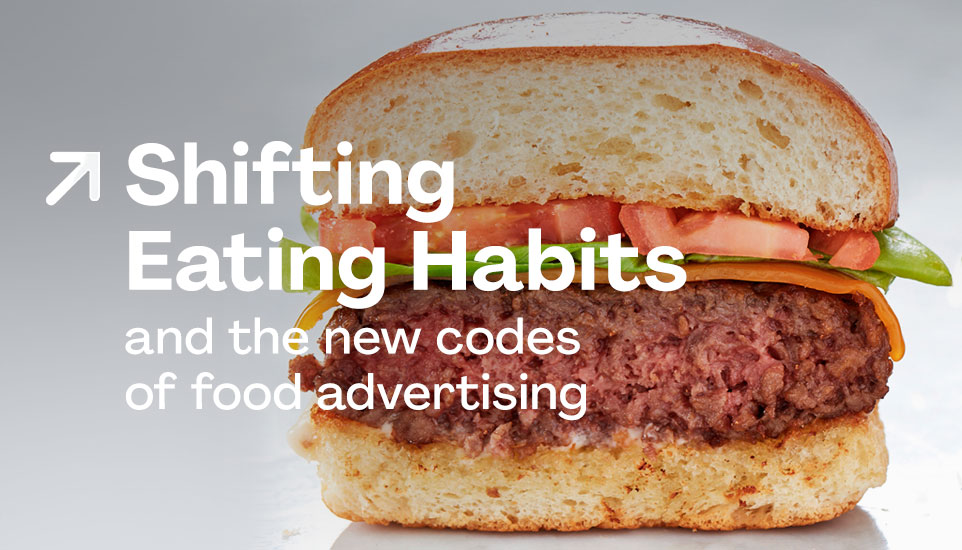Opinion Piece
Beyond the buzz – 4 reasons why inclusive design makes business sense

What, you ask, has pushed lingerie giant Victoria’s Secret to replace its iconic Angels with a group of diverse and outspoken women with different body types? Why is Nike rolling out athletic wear for women who wear the hijab and answering the letter of a sixteen-year-old with cerebral palsy with a special line of shoes? What has made Dove’s success and is keeping Ikea’s in-store employees busy printing 3D add-ons that make their furniture easy to use by a broader range of people?
The real question is “Who”, dear friends. And the answer is “Everyone”.
All hale the era of inclusion!
There is a wave in the world and all, yes all brands need to get on board or risk losing their audience. As consumers’ behaviors shift towards more empowered choices, customers no longer tolerate to be marginalized by a brand that doesn’t make them feel welcome and take into account their unique identities and needs.
This is known as inclusive design thinking: Designing products and services that are accessible and relatable to all people regardless of gender, skin tone, lifestyles, abilities, body types, and any difference you can think of across the board of differences.
So yes, the time has come to rethink your products and services and make them work for a wider range of people.
Why inclusive design thinking matters
Designing better doesn’t only mean doing good, it also means taking on the challenge of thinking outside the box of your own experiences in order to make sense to a bigger audience.
Let’s take the example of disability and accessible design: With 1 billion people (or 15% of the world’s population) experiencing some form of disability, it’s safe to say that brand accessibility should be a priority on any company’s checklist. However, disability is rarely considered when launching a new service, product or website, and when it is, it’s still celebrated as an innovative step forward.
Now would you exclude English speakers from your audience when building your international eCommerce website? Probably not. In comparison, those account for 1.35 billion people worldwide. So think accessible the way you would English: experienced by many at different levels, but a necessary gateway to a wide pool of customers that also need your service and product.
Your inclusion efforts will also ripple beyond your pool of disabled prospects and clients. Lifting the veil off their often unseen obstacles will serve to raise awareness on said challenges and educate your audience at large.
How inclusive design thinking serves people and companies
- It makes room and builds bridges: Including people who have long been overlooked challenges assumptions and enhances exposure to difference, thus inviting more constructive dialog within society. This is true for the small things as well, such as Johnson & Johnson rolling out different shades of skin tones for its band aids and Crayola’s “Colors of the World” crayons box with its 24 shades of skin tones.
- It increases your brand’s relevance: Consumer expectations are evolving and purchasing decisions are now influenced by more than mere price and quality. According to Accenture “consumers will not hesitate to abandon brands that don’t support their values and pay more to those that do”.
- It sparks innovation: Although it requires more rigor, the creative challenge is a thrilling one. This is true for Nike’s Go FlyEase and NaviLens revolutionizing Spain’s public transports as well as for the raclette robot that made waves during the CES 2020.
- It enhances your company culture: By identifying the pain-points of people that walk the Earth in different ways and working to solve them, your team will gain a better understanding of people’s diverse experiences and will thus offer a more welcoming environment that encourages colleagues to exchange and innovate together.
What inclusive design thinking is not:
Inclusive design isn’t a mere buzzword; it’s a full-fledged strategy requiring authenticity and true dedication in order to result in significant impact. This is why it is crucial for companies to adopt an inclusive mindset that spans across the way they design their products, services, communications, website, and more. This requires:
- Crafting inclusive brand personas
- Considering accessibility from the outset (not as an extra layer)
- Researching pain-points beyond one’s own perspective
- Including a diverse pool of users in ideation, prototyping, and testing phases
- Making inclusivity a key component of your brand’s DNA
- Showing empathy
By embracing the full range of human diversity regarding gender, ethnicity, language, culture, ability, age and other forms of human difference, we build stronger brands that are able to better resonate in the world we live in. We also build stronger companies that are better equipped to find opportunities to grow in the ever-changing world we live in. And become better people ourselves.



